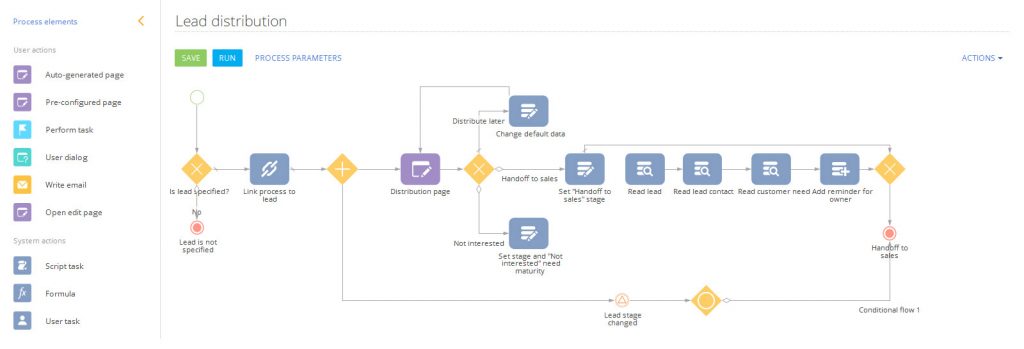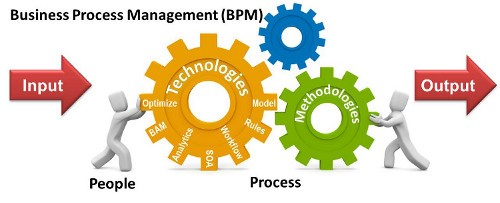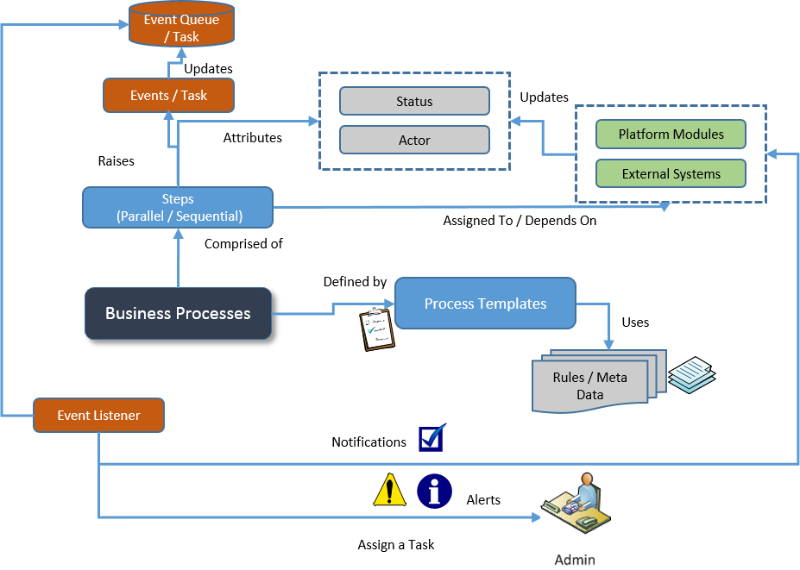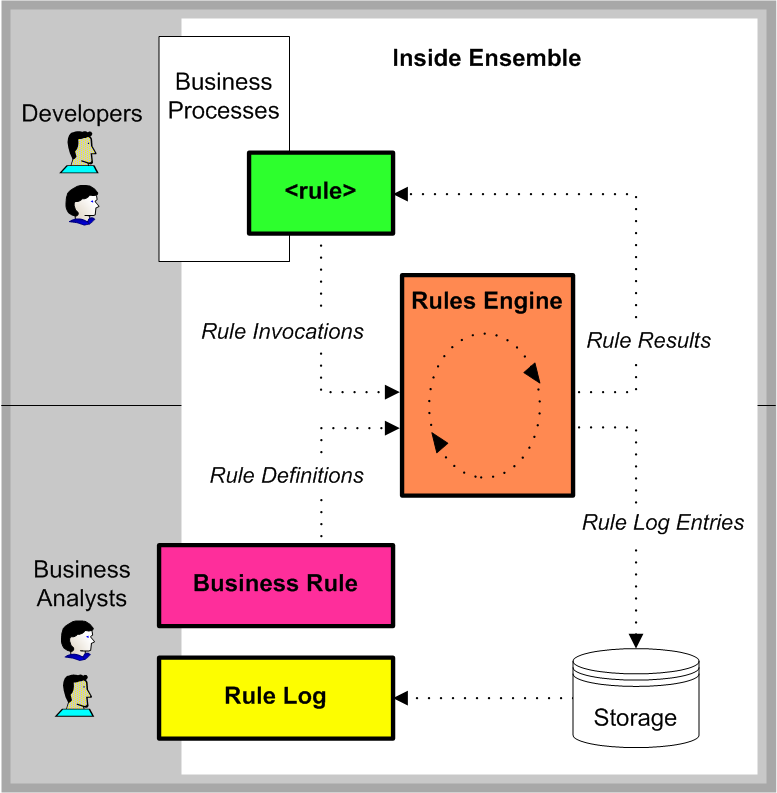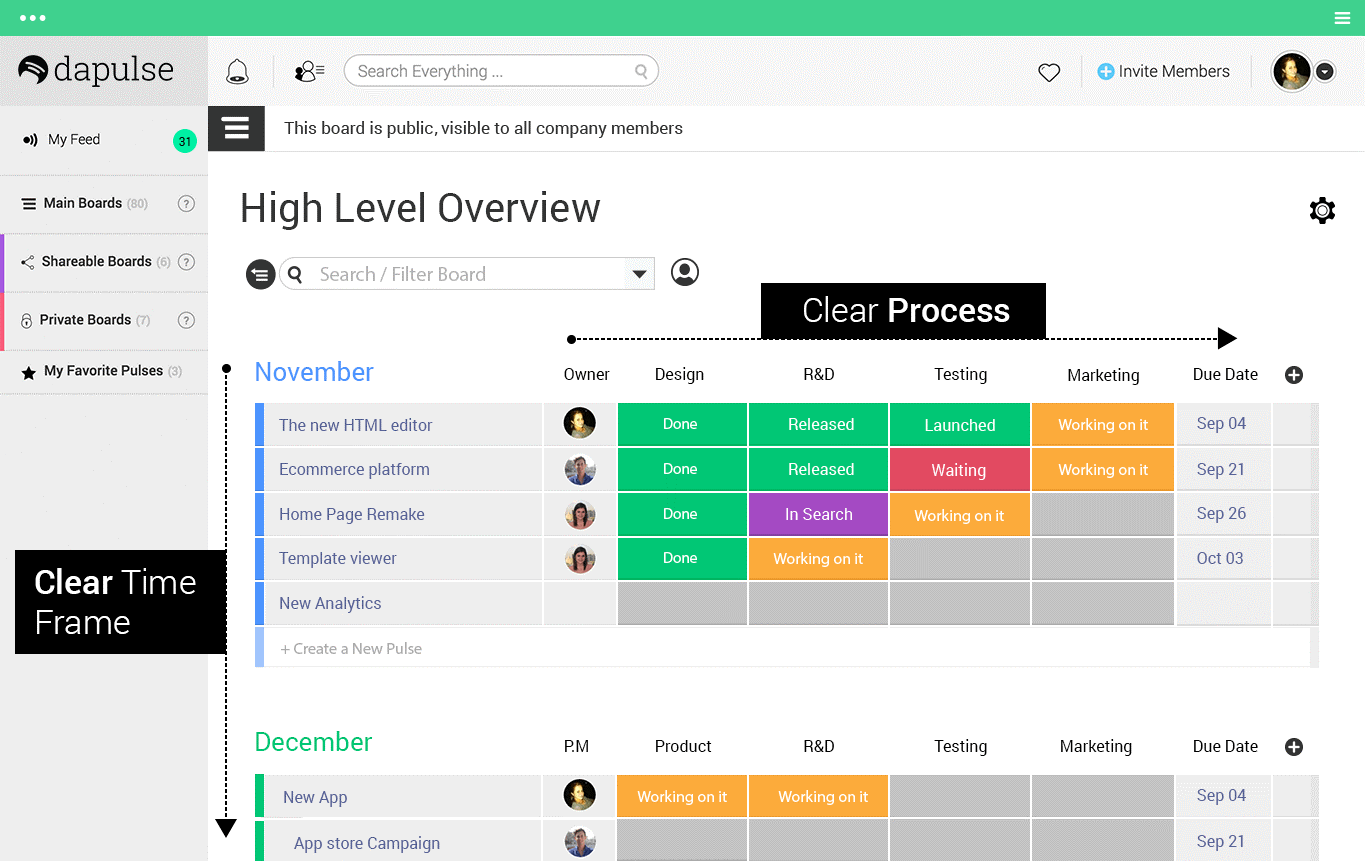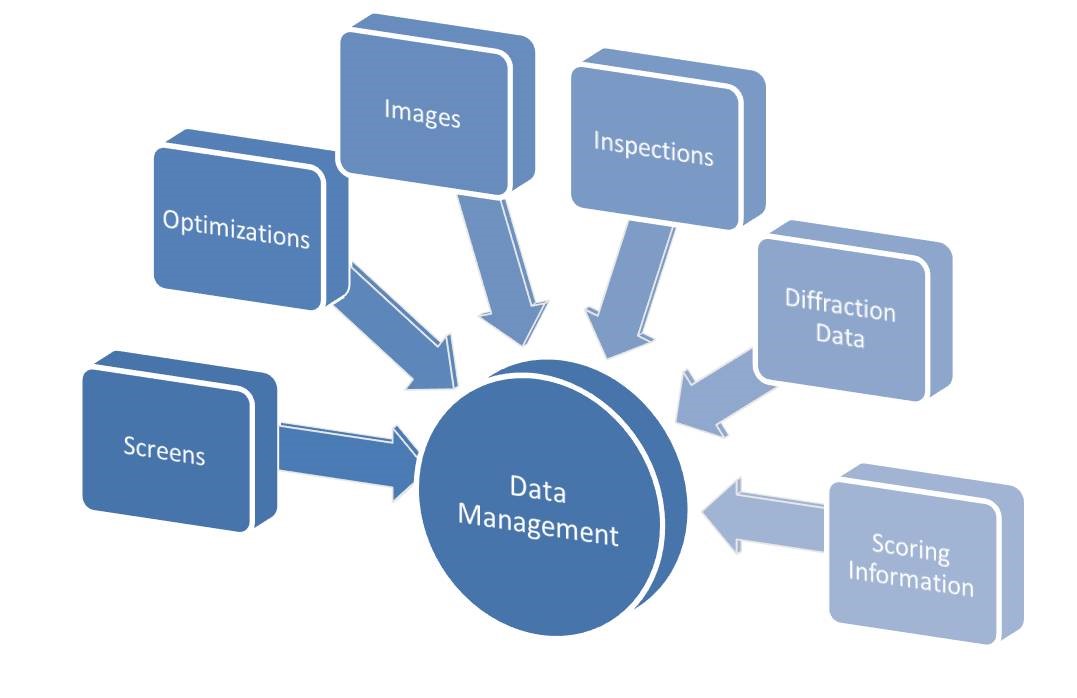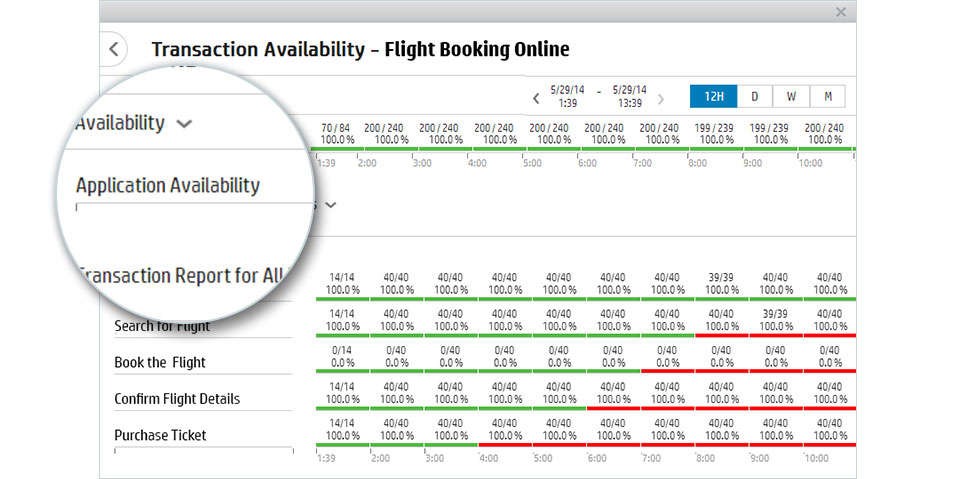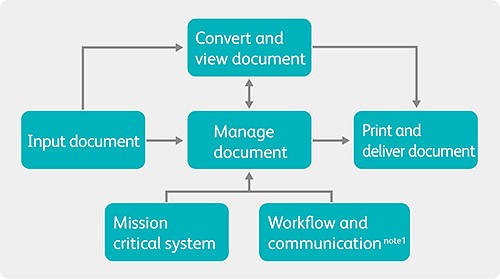What does BPM stand for? If put it simply, BPM is Business Process Management – a smart IT-technology, intended to automate the high-value business processes within and across a company.
The question is what is a business process? A business process is a set of activities or tasks that ensure the accomplishment of a company’s goal. Order management, sales, bank accounts processing, goods production, strategic planning are the typical examples of business processes (procedures, operations, workflows – call it what you will). When business processes do not help a company achieve a goal within a specific period, this is the high time to execute improvements by integrating BPM.
Actually, BPM is a methodology to innovate and transform the way of doing business through an enhanced visibility, accelerated optimization, and improved communication. BPM is a holistic approach aimed to help enterprises achieve their objectives – this is an overall answer for “What does BPM stand for?” if you want more definitions of BPM, please, follow https://www.bpmonline.com/what-does-bpm-stand-for.
BPM empowers companies to align key business processes with customers’ concerns and enables stakeholders to introduce, control and estimate resources of an organization. If executed properly, an excellent BPM system boosts accuracy and productivity, reduces costs and eliminates human errors and business risks – hence, optimizes outcomes. BPM embedding best practices promote sound financial management and deliver better visibility to how well a company succeeds in achieving its objectives.
What does BPM stand for in organizational benefits?
Competition is rising due to many factors: globalization, gaps in market economies, mounting needs of modern consumers and so on. Companies need to fight harder if they want to grow and keep their market power and outperform their rivals.
What does BPM stand for in the current uncertain economy situation? This is the smart way to compete and expand business successfully. Tangible benefits derived from deploying the best BPM platform, like one provided by the bpm’online CRM software, are as following:
- Advanced risk management;
- Driven competitive advantage;
- Enhanced productivity;
- Greater innovation and transformation agility;
- Higher customers’ satisfaction;
- Improved compliance;
- Increased sales and income;
- Reduced costs;
- Reduced space utilization.
What are the capabilities of BPM?
Business process management is aimed to make core business operations more efficient, effective, and dynamic and ensure the accomplishment of specific organizational objectives. The bpm’online platform, one of the most prioritized BPM systems, encompasses the next functionality:
Business process orchestration is the critical part of the best BPM solution. This tool is necessary to design, customize, implement, monitor, evaluate, and automate business workflows. The process orchestration involves such components as process mapping, modeling, simulation, analysis, and repository.
Business rules engine is an essential feature of a good BPM system. The component aligns business workflows with organizational policy and industry regulations and makes it possible to easily change or add business logic within a BPM platform. This rule engine entails repository, editor, reporting, and execution core. This part of Business Process Management provides business managers with a greater control over all the processes and empowers them to make smart decisions quicker.
Project management as a part of BPM keeps numerous projects under control at all stages of any project. This component helps to initiate, plan, execute, and evaluate corporate projects. The tool delivers insightful reporting on spent resources and costs what contributes to projects optimization and prioritization.
Big data management is what an intelligent BPM system must be able to deal with. The bpm’online software performs an entire information lifecycle by capturing, managing and analyzing any business data. Big data tool handles orders, leads and assets in a generalized way. All information stored in BPM is fully searchable, importable, exportable, controllable and scalable. It is illustrated in intuitive reports and dashboards with personalized content.
Social collaboration tools built-in in the BPM system allow for effective and seamless cooperation between employees, departments, business units, and partners. BPM creates a unified digital working environment, supports consistent communication within and across workflows, projects, tasks, and cases and pulls people and knowledge together in a single enterprise social network with its discussions, live chats, video conferences, notifications and blogs.
Monitoring and measurement capabilities are the features of an advanced BPM platform designed to provide a real-time scrutiny on running operations, continuously monitor business processes and identify bottlenecks before they affect key activities or interfere with the accomplishment of organizational goals. Embedded KPI metrics help reps get deeper insights into core transactions and operations within a company. This BPM element promotes decision-making and improves efficiency, speed and quality of business processes.
Document management as a part of BPM is intended to facilitate engagement and productivity of reps and executives. The system administrates the company-wide digital documents in a single database. The users can perform a whole document lifecycle (creation, edition, publishing, sharpening, storage, and deletion) within any running process or project.
A top-notch BPM solution is meant to help users model of sequences of tasks, capture task related data, and make sure all business processes are running at the peak of performance. Key BPM features include total process automation, intelligent monitoring and comprehensive analytics.

